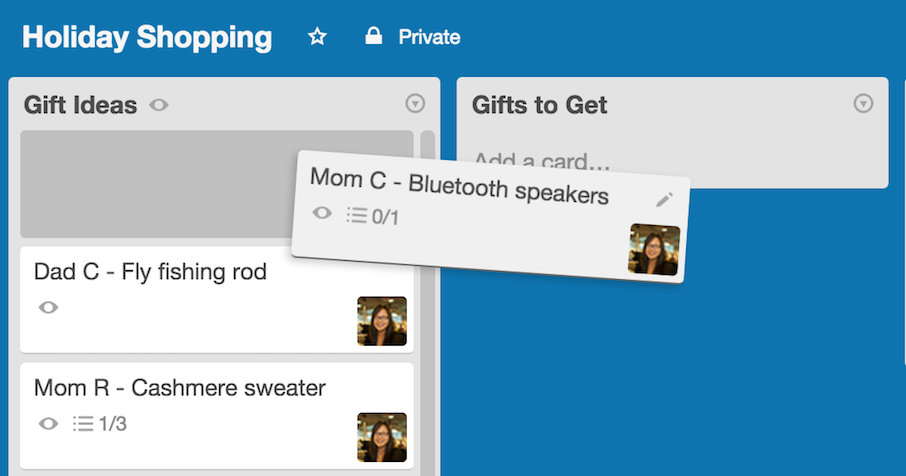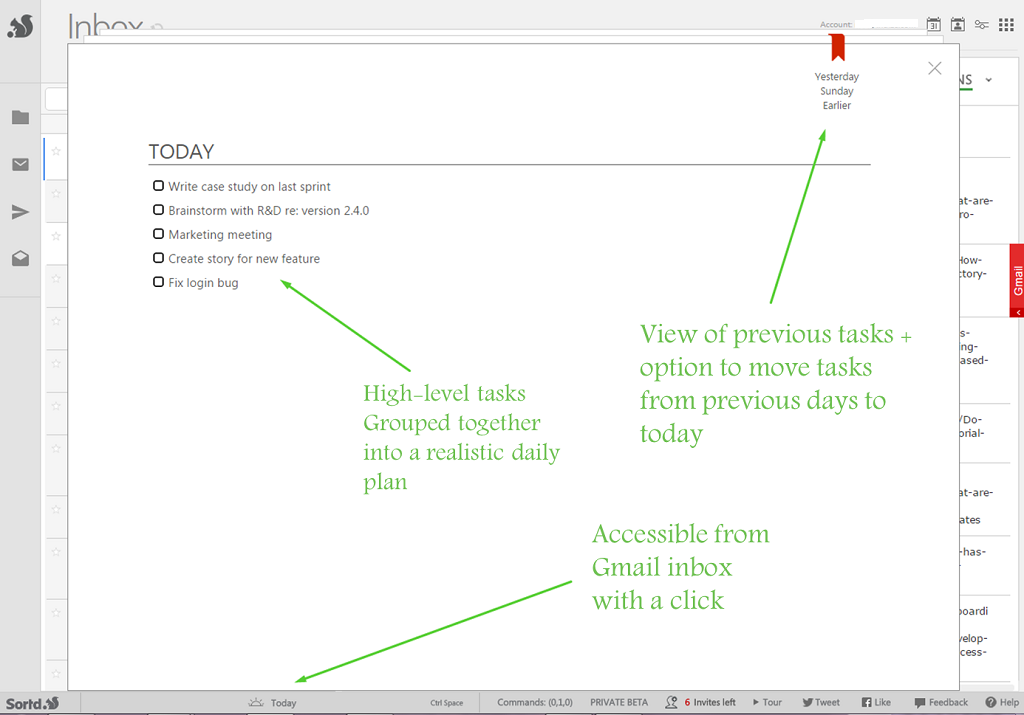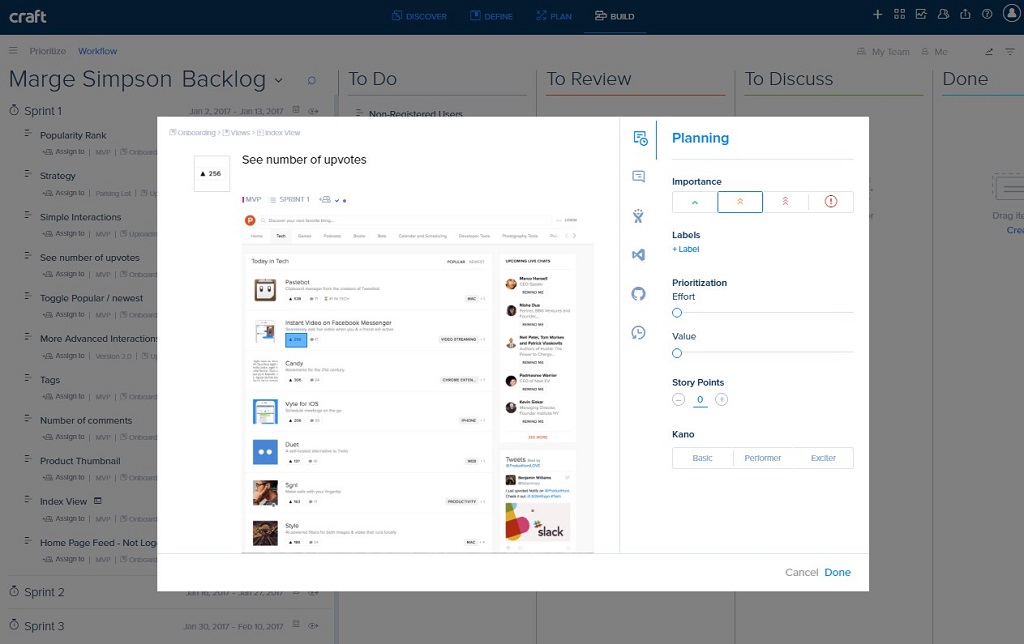Home > Blog > How to Break Down Tasks Into Manageable Items
How to Break Down Tasks Into Manageable Items

The Cult of Done manifesto states, quite clearly, that “Done is the Engine of More”. This statement is the basis for most projects and defines the way most projects are managed. Our desire to get more things done (or make headway with our project, or simply accomplish things) is a powerful motivator and as such, responsible for most of our list making and productivity apps.
But how do we manage those lists correctly? How do we avoid getting lost in details or overwhelmed by action-items? How do we make sure the list-making works? I should point out that this article is not so much about prioritization, but about how to make sure we manage our tasks in a way that guarantees they actually get done.
How Productivity Apps Are Designed and Why They Work
Most common productivity apps (and I’m not talking about the ones where you have to plant a forest to ensure you get some work done) are designed as lists, in any number of formats. The lists can be added, edited, and most importantly – checked.
The reason for this is the human need to check things off lists. It’s a weird collective obsession, I know, but has been validated in countless cognitive researches. As such, most apps work hard to recreate the sense of pleasure we get from checking things off our lists, via clever UX design: strikethrough on completed items, marking checkboxes and greyed-out text are just some examples.
Let’s take a look at some of the more popular productivity apps, which leverage the same principles: in Trello, you can drag items from list to the Done list, echoing the physical action of striking a line on a sentence.

Trello’s Drag & Drop
Google Keep allows you to mark a checkbox that applies a strikeout to the item; Wunderlist have taken it a step further – they added a tiny, triumphant notification sound that accompanies each completed item.

Google Keep checkboxes
Why Too-Big Tasks Have a Paralyzing Effect
In a work culture like the tech industry, where our everyday actions are almost always framed by a list of some sort, one of the problems is with assignments that are defined too broadly. Too-big tasks delay the satisfaction of marking the checkbox and diminish our motivation for engaging in the task. If the reward is pushed back – so is our desire for completing the task.
Then there’s the actual problem with too-big tasks. Action-items that turn out to be too big tend to be paralyzing, because we do not know where to begin and can’t wrap our minds around the item, which is perceived as a single action. Actions like “Create onboarding flow” are ridiculous, because they don’t begin to describe the actual actions: define needs and users, write up specifications, draw wireframe, create user persona… and so on.
Admittedly, this is what task management apps are meant to help us with, so it really is a matter of framing the task to fit an exactly-right size.
How Tiny Tasks Create an Unmanageable Clutter in the System
On the other hand, breaking down tasks into too-small items can be even more problematic. Too-small tasks tend to get so overwhelming, to the point where you become consumed with managing tasks, at the expense of the actual tasks. An abundance of tiny tasks creates an inflation in the system, and in our minds, flooding our brains with stress over the sheer amount of “things to do”.
This often leads to an obsession with getting things done, which can easily lead to losing sight of project goals, or even of doing things well. The way to deal with this in agile teams is to make sure the team is always focused on the goals in the roadmap. This is primarily the product manager’s role – use conference calls and stand-up meetings to reiterate the goals at hand and remind everyone where you’re going. In the long run, working towards something is bound to be more motivating than marking checkboxes.
Finding the Way to Bite-sized Tasks
One way to deal with the elusive size of task items, is to make sure your task hierarchy is clear and focused. Sortd, a productivity app for Gmail, figured out a smart approach to this:

Sortd allow an overview of your daily tasks
Creating “meta-tasks” for the day is simply a list-based way to decide what to focus on. This allows you to build a hierarchy of tasks in funnels, with sub-tasks, notes and comments that can be traced back to a primary goal. Structuring tasks this way makes it easier to manage different levels of tasks without getting lost in a forest of items: Big goals (meta-tasks), then the tasks that comprise them, then sub-tasks.
At Craft, we also found a way to manage the backlog in a way that always keeps the big goals in sight. We did this through carefully designed user experience, that encourages list-making, but also lets you write comments and notes in a way that doesn’t present as an actual task.

Craft Workflow view of the Sprint Backlog
This way you have a task item, but you also have background material. The latter is not a completable action but rather an image, a list or just notes. Meaning, the content of the task serves to help, but doesn’t actually constitutes a challenge. The idea is that additional materials are merely there to help, not to add another layer of actions.
 Single task item with additional help material
Single task item with additional help material
BONUS: read a quick intro to Product Roadmapping in out Knowledge Center

